In aviation, ensuring aircraft safety during winter is critical. Aircraft deicing involves removing ice, snow, or frost from aircraft surfaces to maintain aerodynamic performance, as even small amounts of ice can reduce lift and increase drag, posing significant risks. Deicing aircraft procedures rely on specialized fluids, typically composed of ethylene glycol (EG) or propylene glycol (PG), to melt ice and prevent reformation.
Deicing fluid density measurement is a key process for maintaining the correct density of these fluids, which directly impacts their freezing point, viscosity, and holdover time (HOT). Incorrect density can lead to ineffective deicing, safety hazards, or increased costs, with deicing fluids priced at $8–12 per gallon. Deicing fluid density meters and deicer density meters offer advanced solutions for real-time monitoring, particularly in waste management and recycling, enhancing aircraft deicing solutions. This article explores the role of density measurement, its benefits, and its integration into aircraft deicing systems.
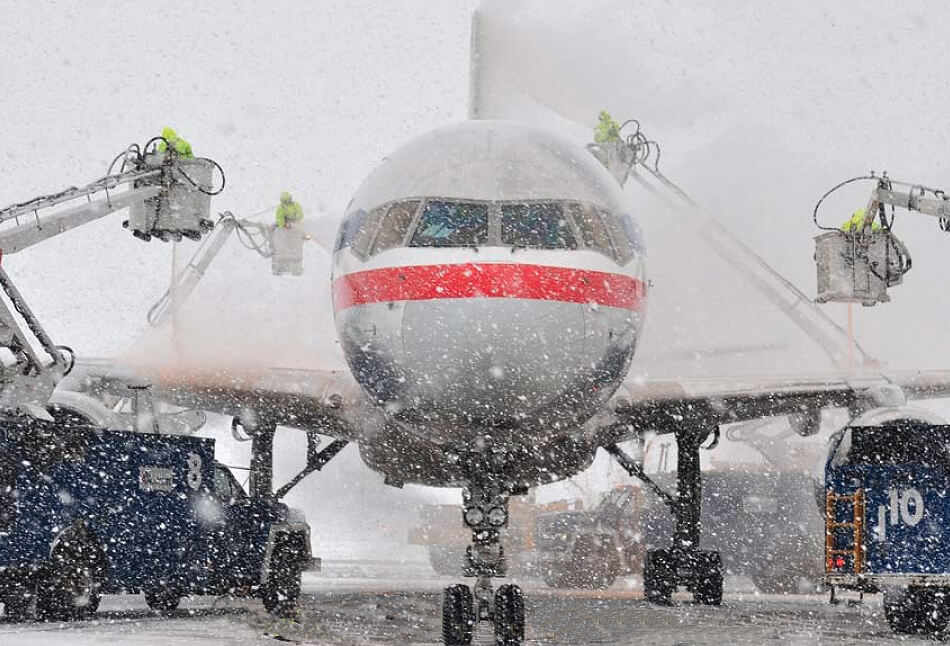
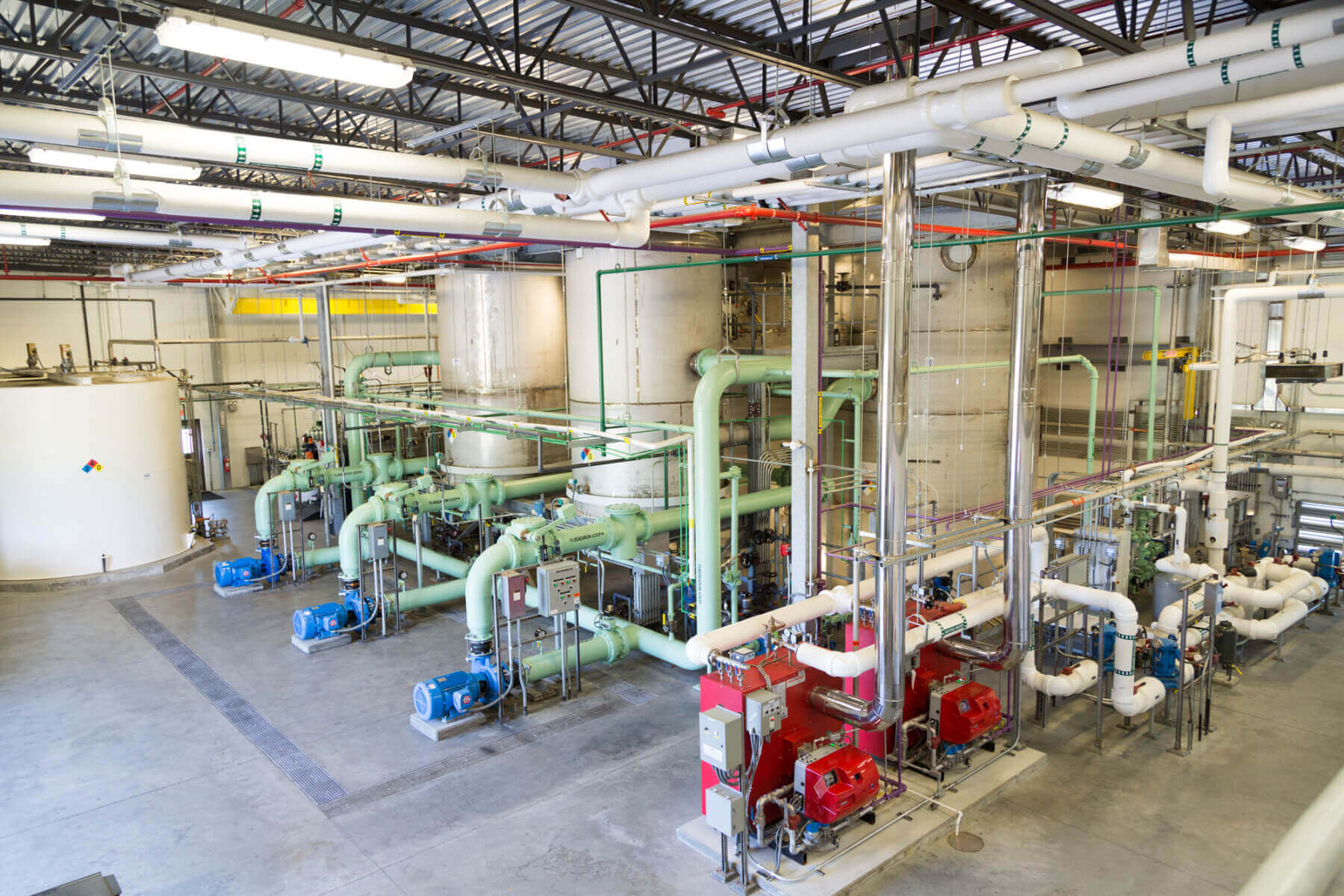
Background Knowledge of Aircraft Deicing
What is Aircraft Deicing?
Aircraft deicing is the process of removing frozen contaminants from aircraft surfaces before takeoff, ensuring safe flight operations. It includes two steps:
Deicing: Applying heated fluids to melt existing ice, snow, or frost.
Anti-icing: Coating surfaces with fluids to prevent new ice formation during ground time.
Deicing and anti-icing systems of aircraft complement ground-based efforts, with some aircraft equipped with heated wings or propellers. However, ground deicing remains essential, managed by trained aircraft deicing technicians following strict deicing aircraft procedures.
Types of Deicing Fluids
Deicing fluids are categorized into four types, each with specific properties (Ground Icing: Fluid Basics):
Type I: Low-viscosity fluids for deicing, applied hot, with short HOTs.
Type II: Thickened fluids for anti-icing, offering longer HOTs, used in Europe.
Type III: Balanced for smaller aircraft, with moderate HOTs.
Type IV: High-viscosity fluids for large aircraft, providing the longest HOTs.
These fluids are typically glycol-based, with propylene glycol preferred due to lower toxicity.
|
Fluid Type |
Primary Use |
Viscosity |
Holdover Time |
|
Type I |
Deicing |
Low |
Short |
|
Type II |
Anti-icing |
High |
Moderate |
|
Type III |
Deicing/Anti-icing |
Medium |
Moderate |
|
Type IV |
Anti-icing |
High |
Long |
Importance of Fluid DensityWhy Density Matters
The density of deicing fluids determines their performance:
Freezing Point: A 70% glycol mixture can lower the freezing point to -67°F (-55°C), compared to -18°F (-28°C) for undiluted fluid.
Viscosity: Affects sprayability and adhesion, critical for anti-icing fluids.
Holdover Time (HOT): Ensures protection duration before takeoff.
Lowest Operational Use Temperature (LOUT): Defines the coldest temperature at which the fluid remains effective.
Incorrect density can lead to:
Under-dilution: Higher viscosity, uneven spraying, and wasted fluid.
Over-dilution: Higher freezing point, reducing effectiveness and safety.
Environmental and Cost Implications
Deicing fluids are expensive, with annual U.S. usage estimated at 25 million gallons. Overuse increases costs, while improper disposal raises environmental concerns, such as groundwater contamination. Deicer density measurement helps optimize usage and manage waste, supporting compliance with regulations like those from the Environmental Protection Agency (EPA).
Role of Deicing Fluid Density MetersWhat Are Deicing Fluid Density Meters?
Deicing fluid density meters measure the density of deicing fluids, which correlates with glycol density. Ultrasonic or sonic velocity-based meters, such as those from , use sound waves to assess density in real-time, offering a non-intrusive solution for harsh environments.
Applications in Aircraft Deicing
Deicer density meters are primarily used for:
Inline Monitoring: Measuring density in transport pipelines (e.g., DN 50), collecting lines, or reservoirs.
Waste Management: Determining residual glycol content in wastewater for recycling (>1%) or discharge.
Process Control: Ensuring consistent fluid quality during mixing and application.
These meters support aircraft deicing systems by providing continuous data, reducing reliance on lab testing.
Benefits of Deicing Fluid Density Measurement
Lonnmeter, as a leading manufacturer or supplier of deicer density meter, has provided numerous professional solutions involving continuous density measurement. Our solutions work in safety enhancement, cost savings, environmental compliance and even efficiency improving.
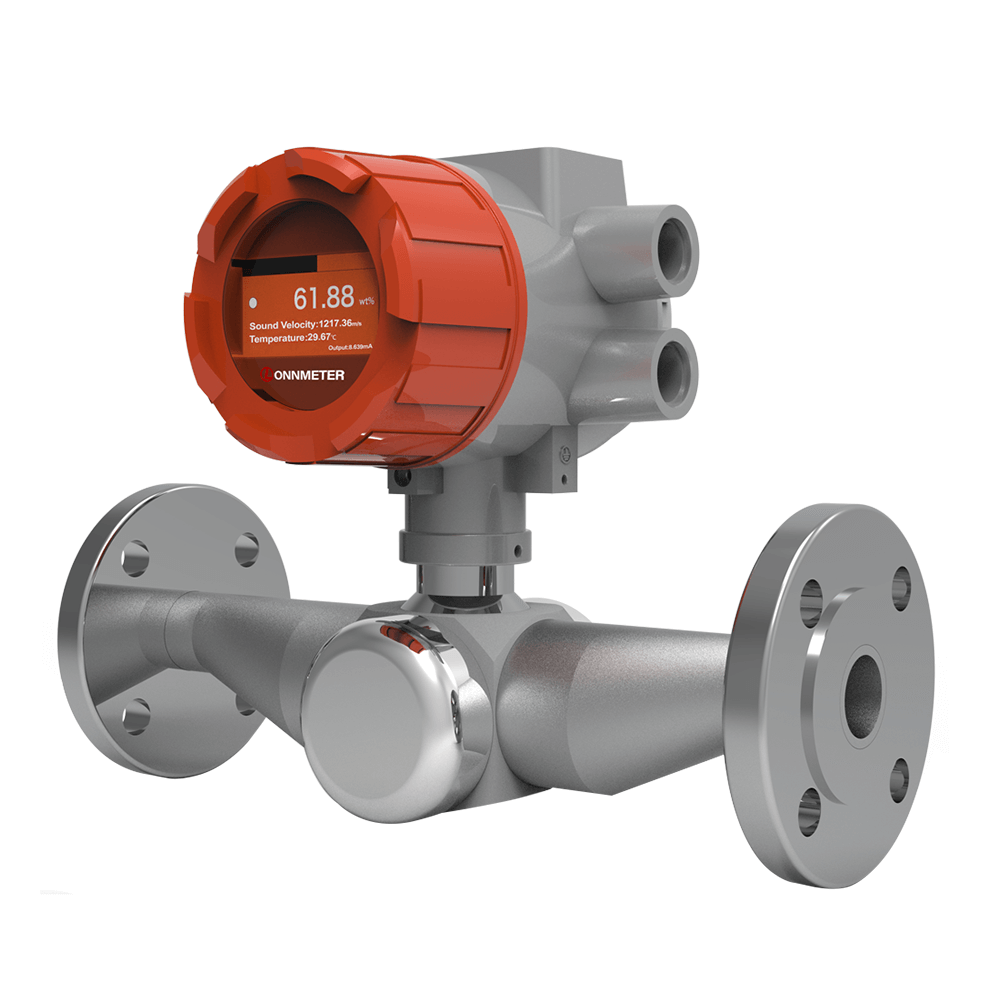
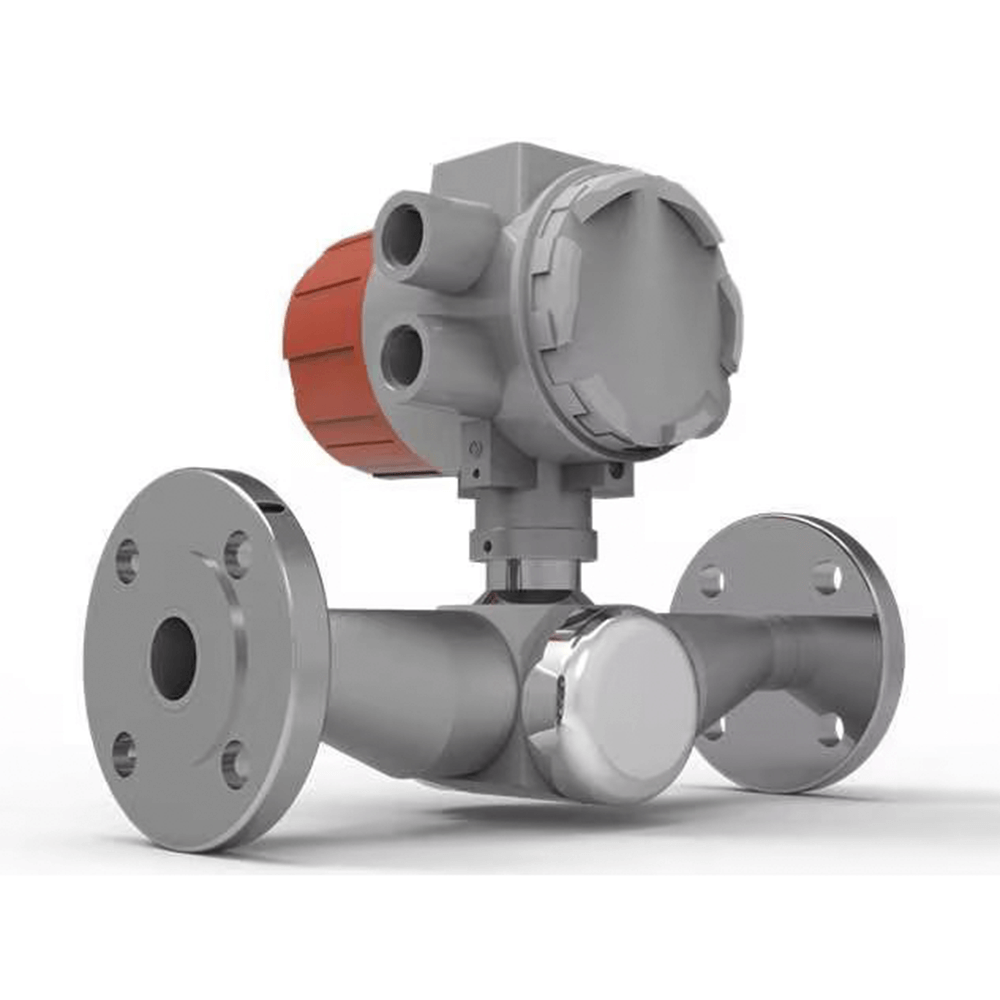
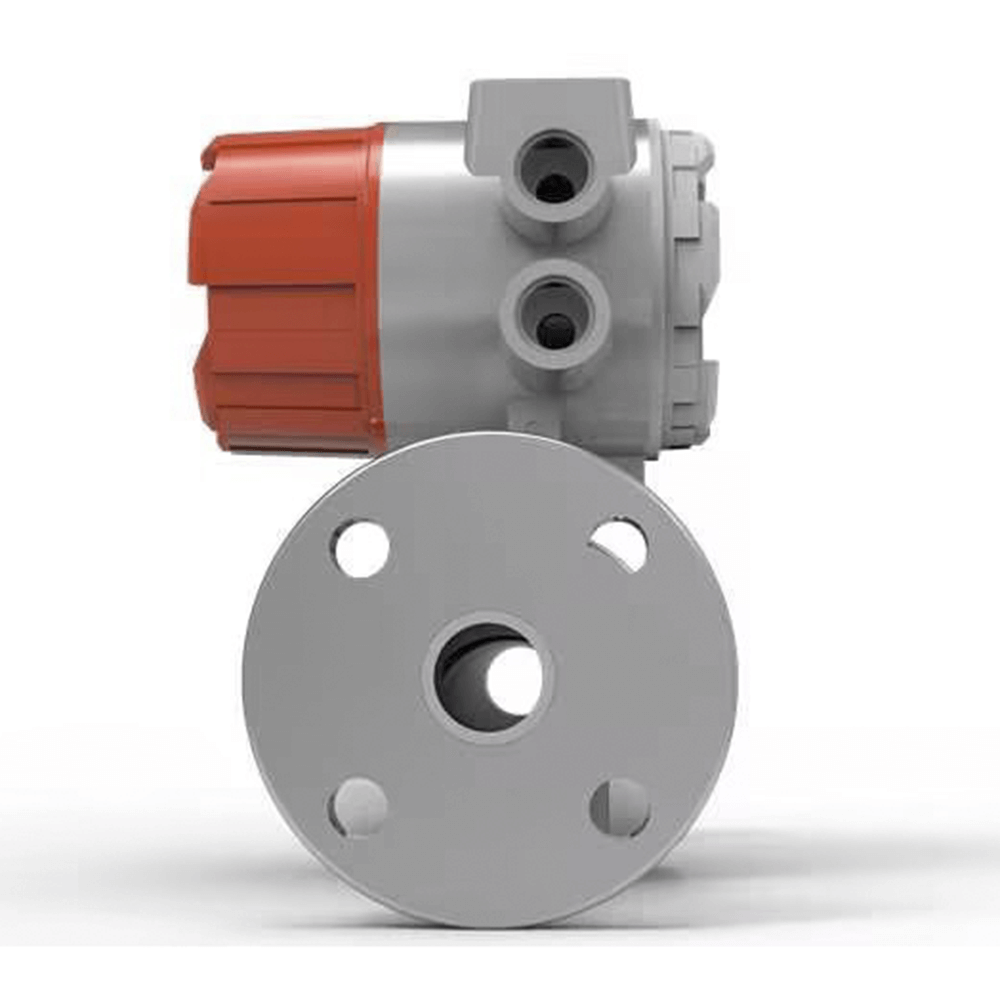
Enhanced Safety
Deicing fluid density measurement ensures fluids meet performance standards, preventing ice reformation and maintaining aerodynamic integrity. This is critical for deicing aircraft procedures, as specified by the FAA.
Cost Savings
By optimizing fluid usage, deicer density meters reduce waste, saving millions annually. For example, precise monitoring can lower fluid consumption by 15%, as seen in case studies.
Environmental Compliance
Density meters help manage wastewater by assessing glycol content, ensuring compliance with EPA regulations. Recycling fluids with >1% glycol reduces environmental impact and treatment costs.
Operational Efficiency
Real-time data from deicing fluid density meters minimizes delays, allowing aircraft deicing technicians to make quick adjustments. This streamlines aircraft deicing solutions and reduces turnaround times.
Integration with Aircraft Deicing Solutions
Deicing Equipment for Aircraft
Deicing equipment for aircraft includes spray trucks, booms, and handheld units, designed to apply fluids efficiently. Inline density meters integrate with these systems to monitor fluid quality during application.
Aircraft Deicing Systems
Aircraft deicing systems encompass fluid application, monitoring, and waste management. Density meters enhance these systems by providing data for automated control, reducing manual intervention.
Training and Procedures
Aircraft deicing technicians require training in deicing aircraft procedures, including fluid measurement and application. Resources like the anti-icing and deicing of aircraft pdf from the FAA provide detailed guidelines (FAA SIAGDP).
FAQs
What is aircraft deicing?
Aircraft deicing removes ice, snow, or frost from aircraft surfaces to ensure safe flight operations.
How does a deicing fluid density meter work?
Deicing fluid density meters use ultrasonic waves to measure density, correlating to glycol density for real-time monitoring.
Why is deicing fluid density measurement important?
Deicer density measurement ensures optimal fluid performance, safety, and environmental compliance by controlling density.
What equipment is used in aircraft deicing?
Deicing equipment for aircraft includes spray trucks, booms, and refractometers, with density meters for advanced monitoring.
Deicing fluid density meters are transforming aircraft deicing solutions by providing real-time density data, enhancing safety, efficiency, and sustainability. While refractive index remains the standard for initial checks, deicing fluid density measurement excels in continuous monitoring and waste management. Airports, ground service providers, and manufacturers can leverage these tools to optimize deicing and anti-icing systems of aircraft, ensuring compliance with FAA and SAE standards.
Moreover, Lonnmeter excels in proving a combined solution involving continuous density and viscosity measurement of deicing and anti-icing systems to aircraft. Contact us to explore how deicer density meters can elevate your operations—request a free sample today (limited to 1,000 units, first come, first served)!
Media Contact
Company Name: SHENZHEN LONNMETER GROUP
Email: Send Email
Country: China
Website: https://www.lonnmeter.com/
